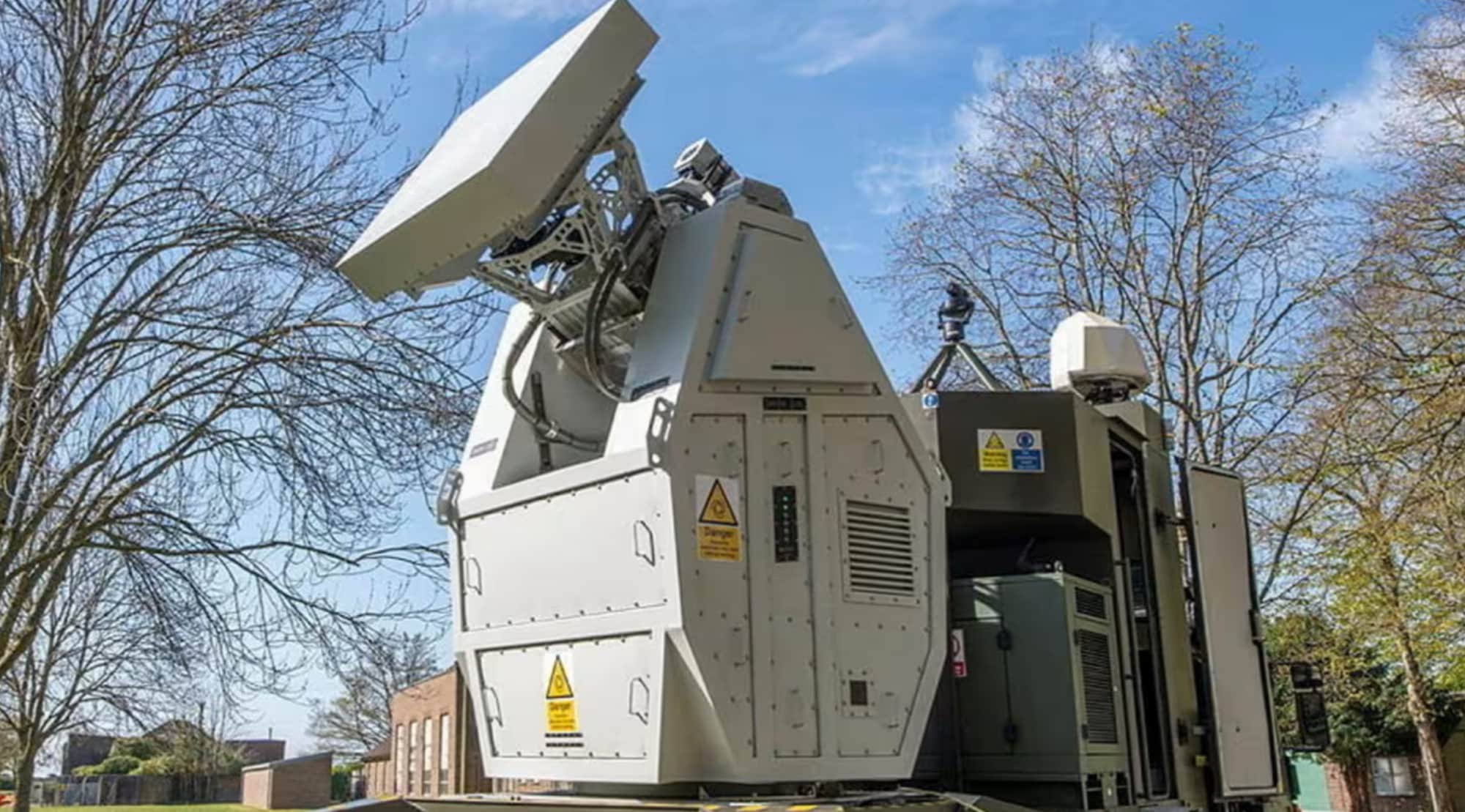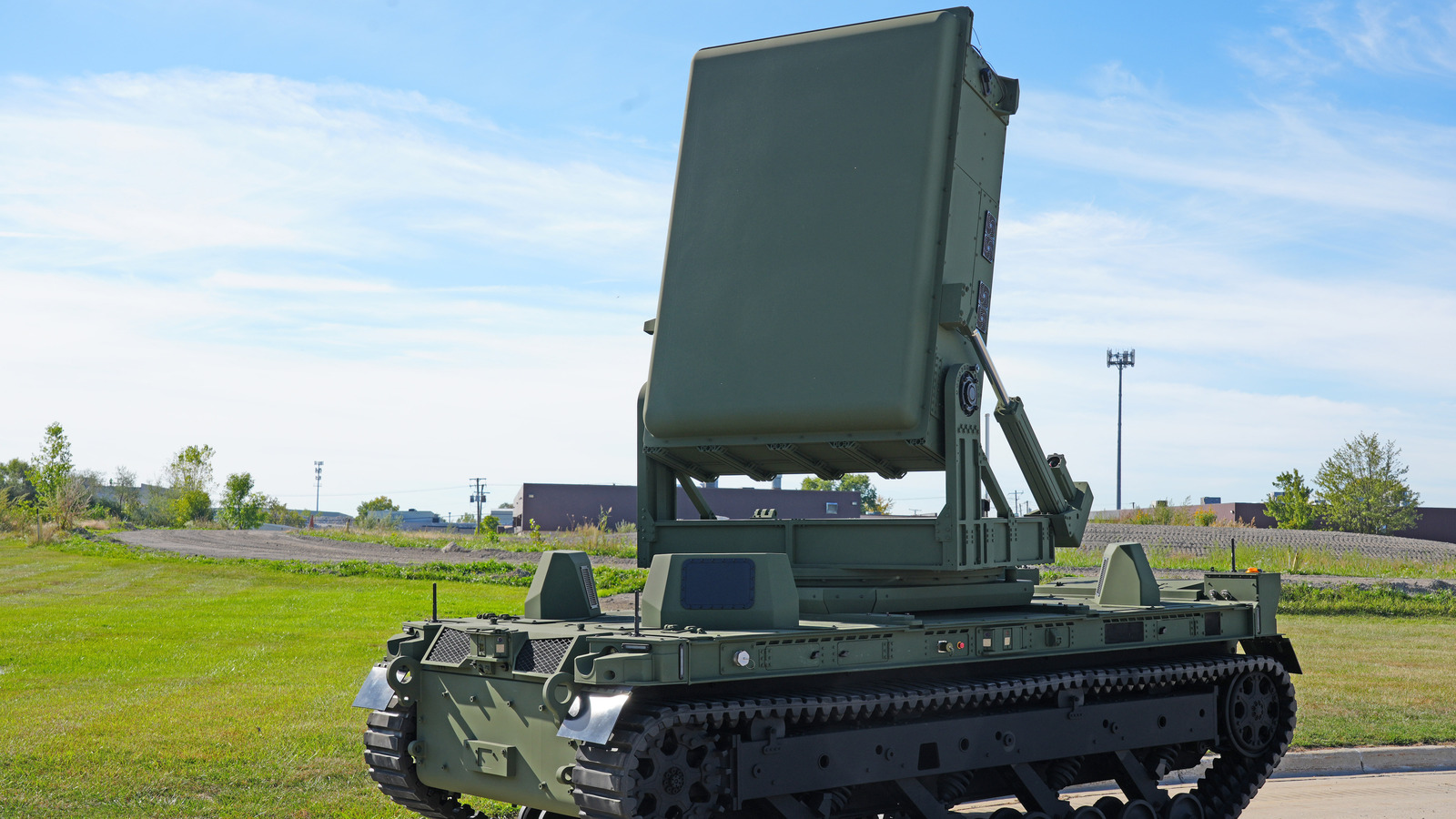


Unmanned tanks (including the green-eyed devices under testing by DARPA) and drone aircraft have become commonplace in contemporary combat. Without the necessity for onboard pilots, rocket-propelled drones can traverse the skies at nearly Mach 1, and extensive arrays of military drones may be deployed at once, overwhelming adversaries through sheer volume. In light of these autonomous systems, innovative weapons have emerged, such as the Leonidas Autonomous Robotic – or Leonidas AR for short — an American-made autonomous armament that incinerates drones using microwave bursts.
Counter-drone technology has evolved into a significant branch of military advancement, with dedicated weapons focusing on attacking a drone’s vulnerabilities rather than engaging them like traditional manned aircraft. The Leonidas AR fits this profile, being a weapon crafted by Epirus and General Dynamics Land Systems. Rather than expending ammunition and explosives to eliminate hostile drones in the sky, this system is engineered to accurately target their delicate internal electronics, swiftly incapacitating them and making them inoperable.
[embedded content]
The Leonidas AR consists of two primary elements produced by its parent companies. From General Dynamics Land Systems, we receive the Tracked Robot 10-Ton (TRX), a remarkably heavy autonomous unit designed to navigate unstable terrain on robust tank treads. This machine is armed with the eponymous Leonidas weapon developed by Epirus, a high-output microwave device. This technology essentially generates energy similar to that of a kitchen microwave, but it is significantly more powerful and sharply focused in one specific direction.
In brief, the Leonidas AR targets incoming unmanned vehicles and aircraft, releasing an undetectable pulse of intense, high-pulse microwave energy. The microwaves do not impact the targets externally, instead targeting their fragile internal circuitry and instantly incapacitating them. Since drones are controlled remotely, lacking that crucial circuitry renders them completely helpless and immediately non-functional.
In a promotional video featured on Epirus’s YouTube channel, a showcase of the Leonidas’ effectiveness against a substantial swarm of varied remote drones is demonstrated. The weapon operates silently, and within seconds, every drone plummets from the sky, entirely disabled. This weapon is not only highly accurate but also minimizes collateral damage from stray projectiles and explosives, ensuring the safety of its operators and allied forces on the battlefield. The weapon’s operators can also adjust its frequency and firing range to avoid any interference with friendly drones and systems, and with its 360-degree radar, it can identify most incoming threats and even autonomously lock onto them if an operator is not present.